May 27, 2025
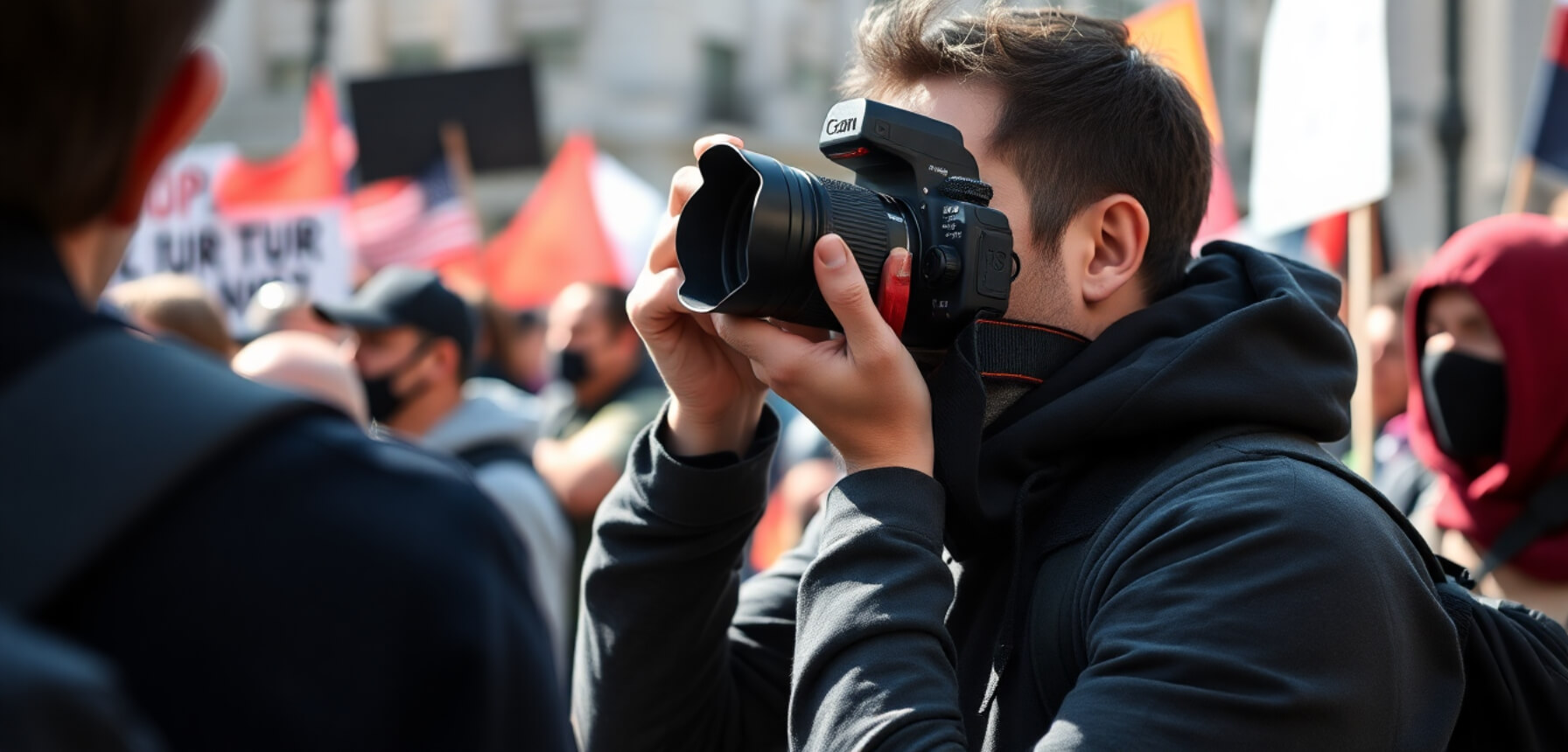
Photojournalism stands at the powerful intersection of photography and journalism, merging the visual and narrative aspects of storytelling to inform, evoke emotion, and document reality. Through the lens of a photojournalist, we are granted a direct window into the world—whether it’s a devastating natural disaster, an intense political protest, or a quiet, everyday moment. These images don’t just capture the scene; they preserve the raw emotion and significance of what is happening, providing a documentary record for history.
Unlike other forms of photography—such as staged portraits or studio work—photojournalism is grounded in truth and context. It's about capturing moments as they unfold without alteration, manipulation, or embellishment.
Photojournalism is defined by its ability to capture authentic moments in time. This authenticity is critical because the images we see in the news, magazines, or online often shape how we perceive the world around us. As a photojournalist, there are key factors that define your work:
Truthful Representation : The essence of photojournalism lies in its truthfulness. These images are meant to reflect reality, and anything that distorts that reality—whether through retouching, manipulation, or staged scenes—is strictly avoided. In the realm of photojournalism, there is a clear understanding that photographs are historical records of truth.
Context Matters : A powerful photojournalistic image has context that tells a larger story. Without the narrative behind it, an image may lose its significance. It’s the context that allows a photo to serve its function—informing or evoking an emotional response from the viewer.
Ethics First : Ethics are at the heart of photojournalism. Since the truth is paramount, photojournalists are prohibited from altering the reality of a scene. This means that ethical practices—like avoiding staged photos, altering scenes, or overly retouching images—are foundational.
📖 Color Correction vs Color Grading in Photography – Key Differences Explained
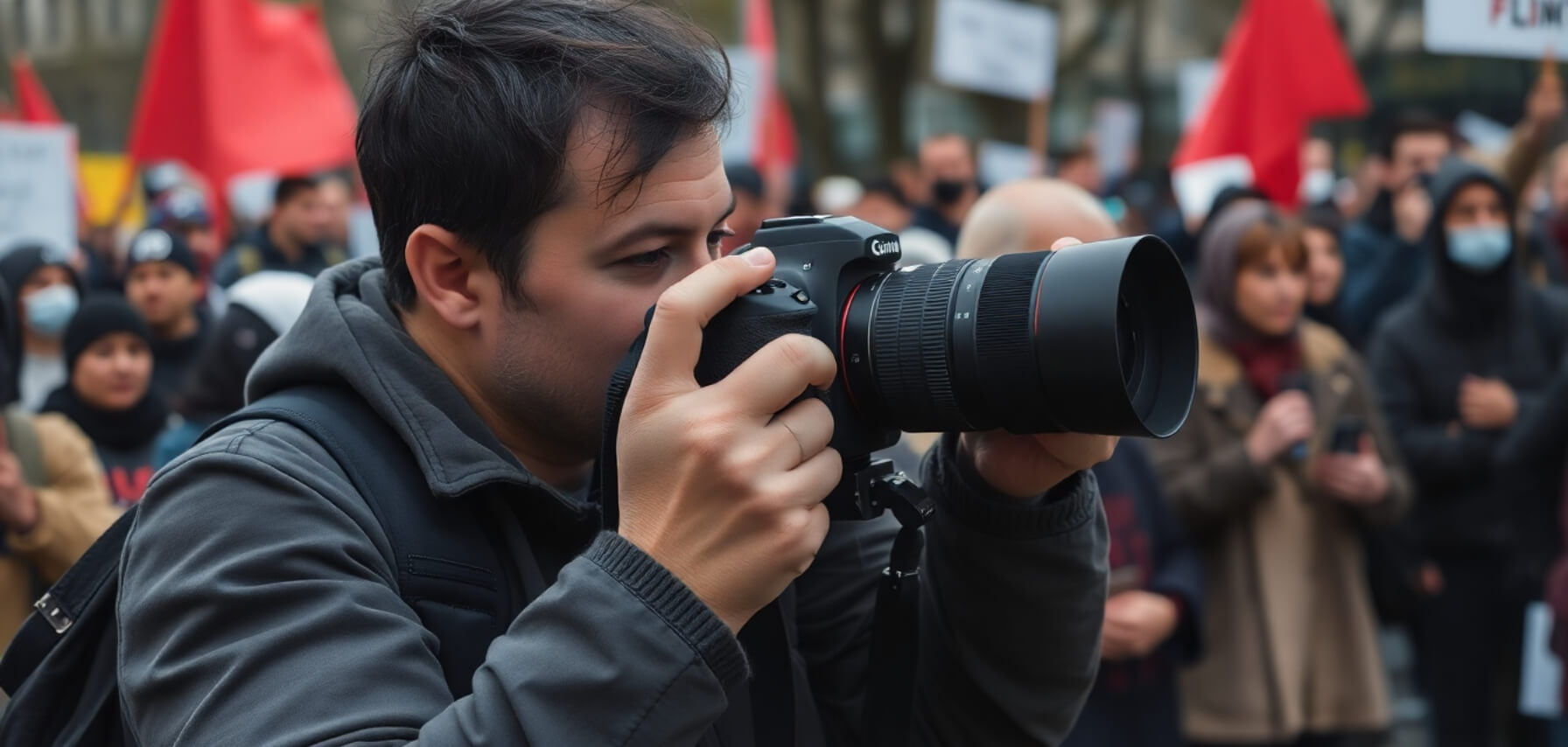
While you don’t need the most expensive gear to get started in photojournalism, choosing the right camera gear can be pivotal to success. Reliability, versatility, and portability are crucial, as photojournalists often need to move quickly and capture moments without hesitation.
Camera : A good starting point is a DSLR or mirrorless camera with fast shutter speeds and high dynamic range. This allows you to capture fast-moving subjects and ensure your images have accurate detail in both bright and dark areas.
📖 Best Camera for Professional Photography Beginners in 2025
Tripod : While not always needed, a sturdy travel tripod is crucial for long-exposure shots or for low-light situations where stability is key. A good tripod should be compact, lightweight, and easy to adjust while on the go.
📖 Best Tripods for Travel and Studio Photography in 2025
Mobile Editing : Since photojournalists often work in the field, being able to edit and share photos on the spot is a game-changer. Apps like Snapseed, Lightroom Mobile, and Photoshop Express are essential tools that allow for quick edits, especially in breaking news situations.
📖 Best Photo Editing Apps in 2025 – Edit Like a Pro on Mobile or Desktop
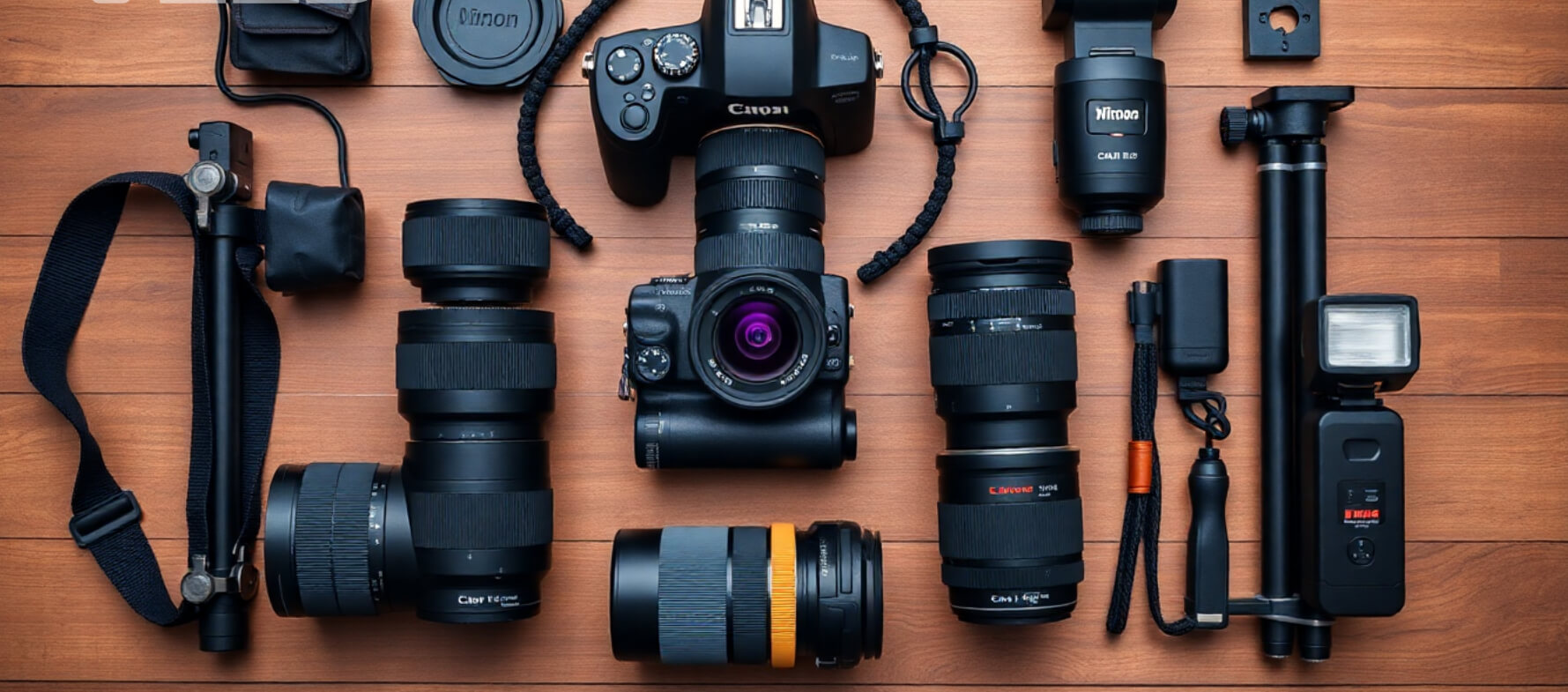
In the world of photojournalism, you rarely get the luxury of controlled environments. Whether it’s a fast-paced protest or a sudden natural disaster, lighting conditions can be unpredictable. Understanding how to use light effectively in dynamic settings is crucial.
Natural Light : When possible, natural light should be your go-to source. The golden hour or blue hour can add beautiful tones to your images, but midday sun can be harsh and create deep shadows. Positioning yourself carefully to capture the right light is key.
Artificial Lighting : Sometimes natural light isn’t enough, especially when documenting events indoors or during nighttime. In these cases, understanding the basics of artificial lighting can make a world of difference. Simple tools like portable flashes and reflectors can help fill in shadows and bring out detail in low-light situations.
📖 Photography Artificial Lighting – A Beginner’s Guide to Studio and Creative Lighting
Split Lighting : Split lighting is a dramatic technique where light divides the face or subject into two distinct halves—one illuminated and the other in shadow. This method can create a sense of tension or conflict within your frame, a powerful tool when photographing stories about crisis or protest.
📖 What is Split Lighting in Portrait Photography – A Creative Guide for Beginners
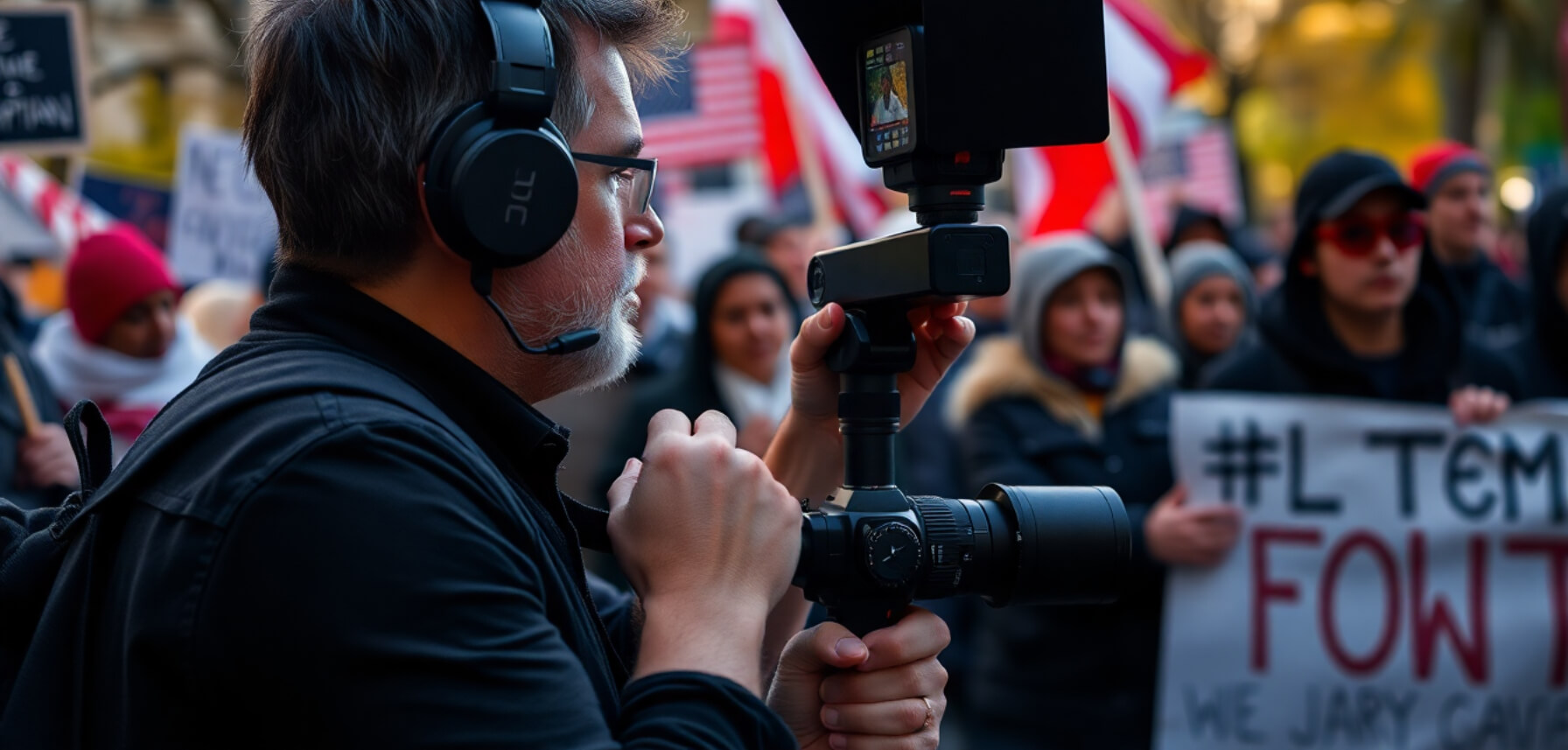
While editing is essential for enhancing your images, it’s equally important to preserve the authenticity of your photos. Editing in photojournalism should never distort the truth of the moment—minor adjustments are acceptable, but dramatic alterations that change the meaning of the image are strictly avoided.
Remove Unwanted Objects : Sometimes, distractions such as bystanders, trash, or other irrelevant objects can detract from the power of an image. Using tools like object removal can help create a cleaner image, but it’s important not to manipulate the scene or alter the context of what is happening.
📖 How to Remove Unwanted Objects from Photos – Best Tools and Tips
Minimal Adjustments : Adjusting exposure, sharpening, or correcting colors to accurately represent the scene is acceptable. However, altering key details such as facial expressions, body language, or environmental context is unethical.
📖 Color Correction vs Color Grading in Photography – Key Differences Explained
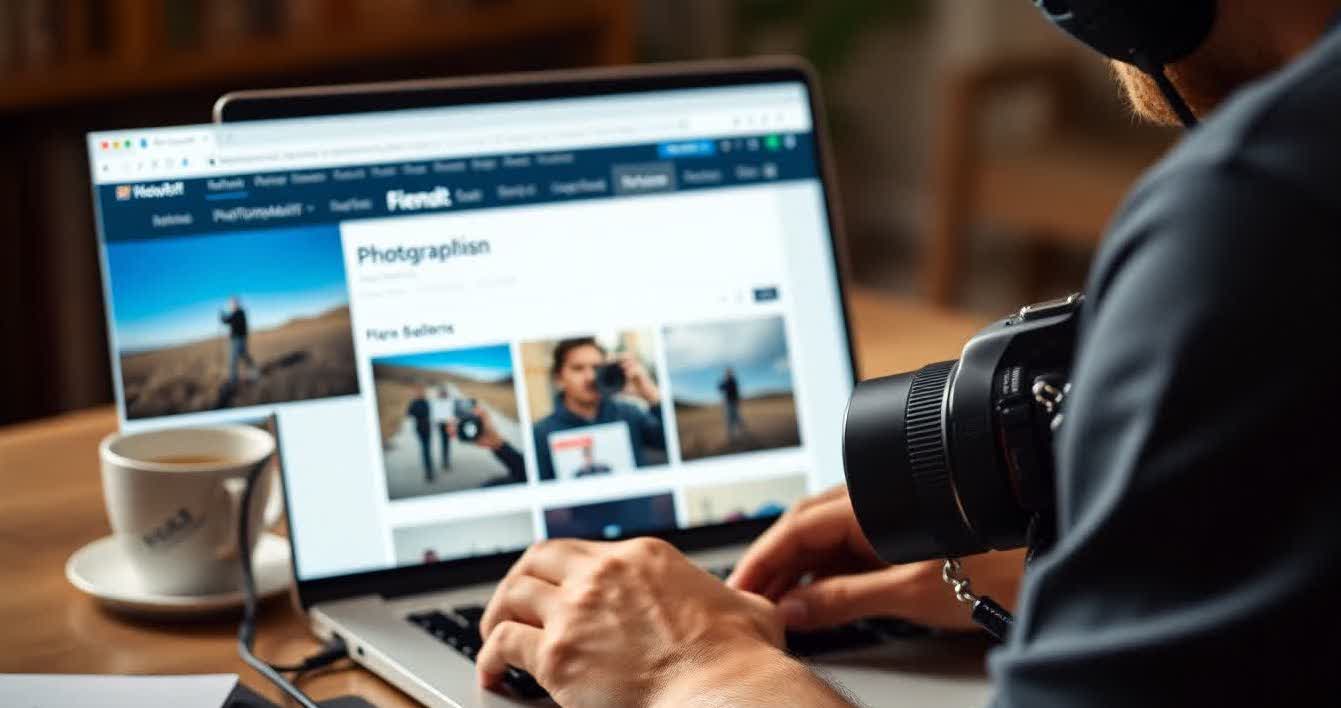
Photojournalism can be both a passion and a profession. Many photojournalists work on assignment for newspapers, magazines, or news agencies, but others thrive as freelancers. Here's how you can get started:
Stock and Editorial Photography : Many photojournalists monetize their work by uploading their images to stock photography platforms that accept editorial content. Images documenting current events or important moments have the potential to sell.
📖 Best Photo Selling Websites 2025
Freelancing : Freelance photojournalists have the opportunity to document real-time events and offer their services to news outlets, NGOs, or independent media.
📖 How to Price Your Photography Services in 2025 – Step-by-Step Pricing Guide
Passive Income : If you start uploading your work to the right platforms, it is possible to earn a passive income over time.
📖 How to Sell Your Photos Online for Passive Income in 2025
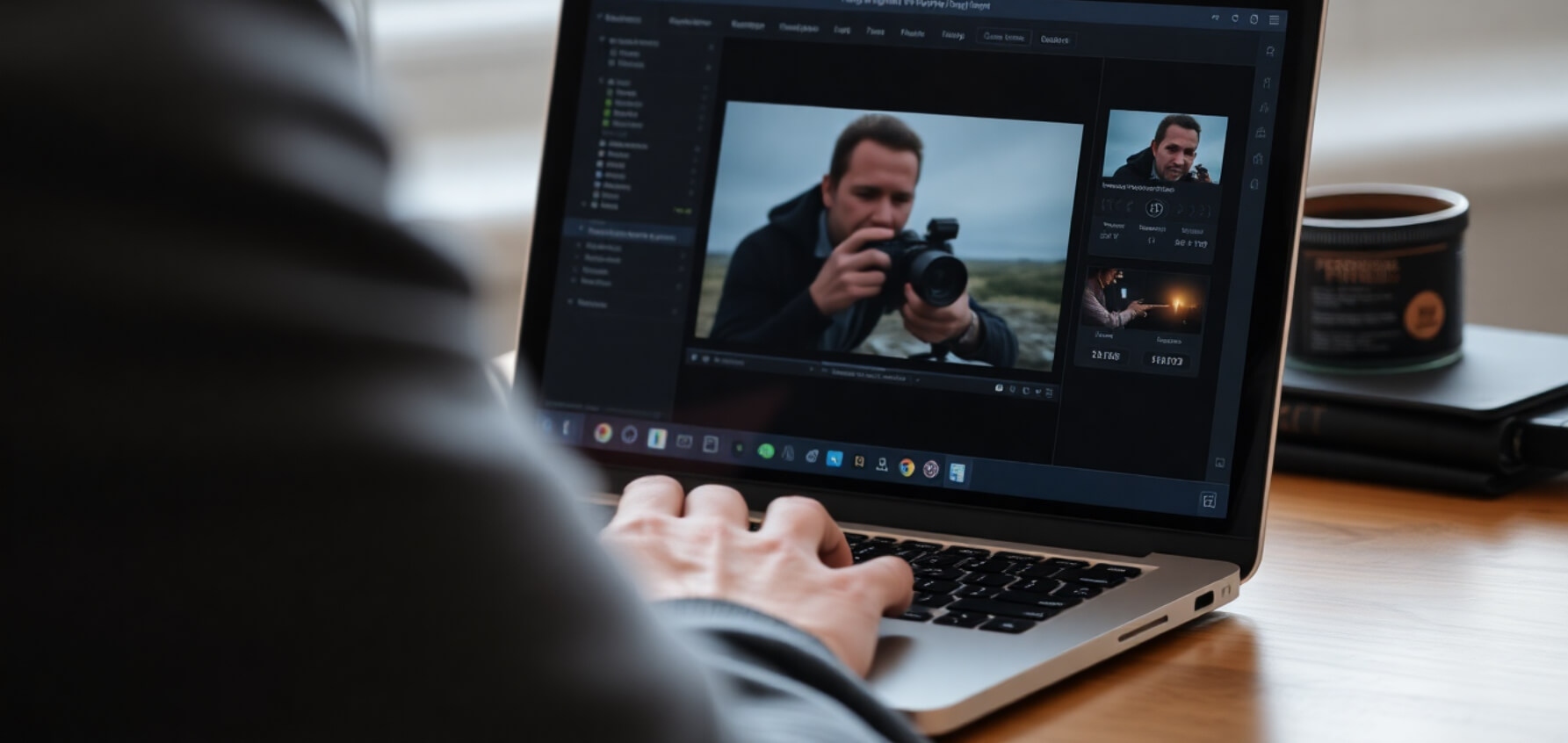
Even in the strict realm of truthful representation, photojournalists can infuse their work with creative techniques:
Framing and Composition : Use techniques like leading lines, symmetry, and natural frames (doorways, windows, etc.) to add depth and emotion to your images. These compositions can evoke feelings of isolation, hope, or tension without altering the authenticity of the scene.
📖 How to Take Cinematic Wedding Photos
Visual Metaphors : While photojournalism should avoid manipulative techniques like double exposure, visual metaphors such as reflections or layers can add depth and meaning to your images.
📖 How to Create Artistic Double Exposure Photos
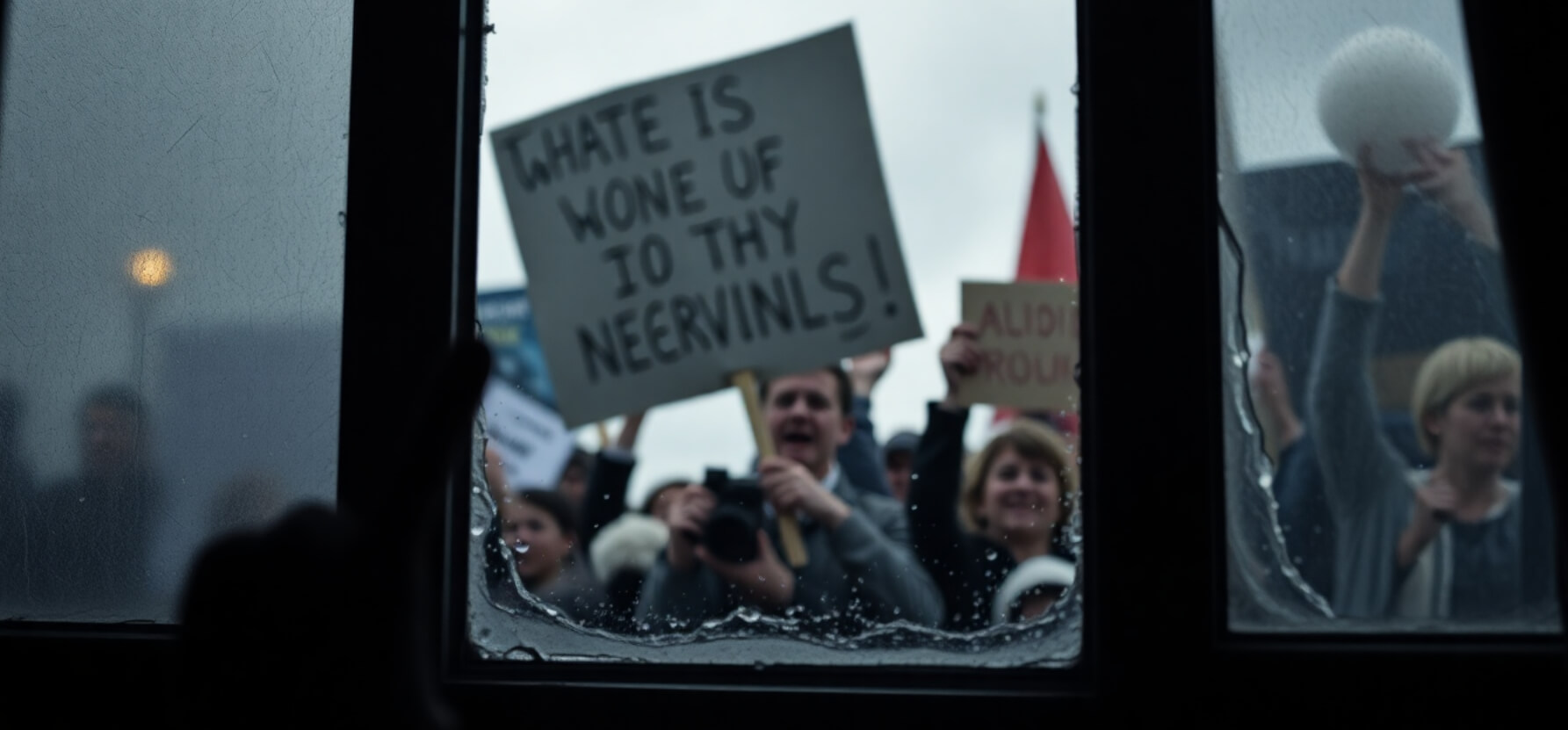
Photojournalism has long been an important record of historical events. Over time, these images can degrade due to handling, exposure to the elements, or simply the passage of time.
AI Restoration Tools : Luckily, AI-powered restoration tools can help preserve these important images by enhancing the quality and repairing any damage to historical photographs.
📖 Best Photo Restoration Software in 2025 – Revive Your Memories
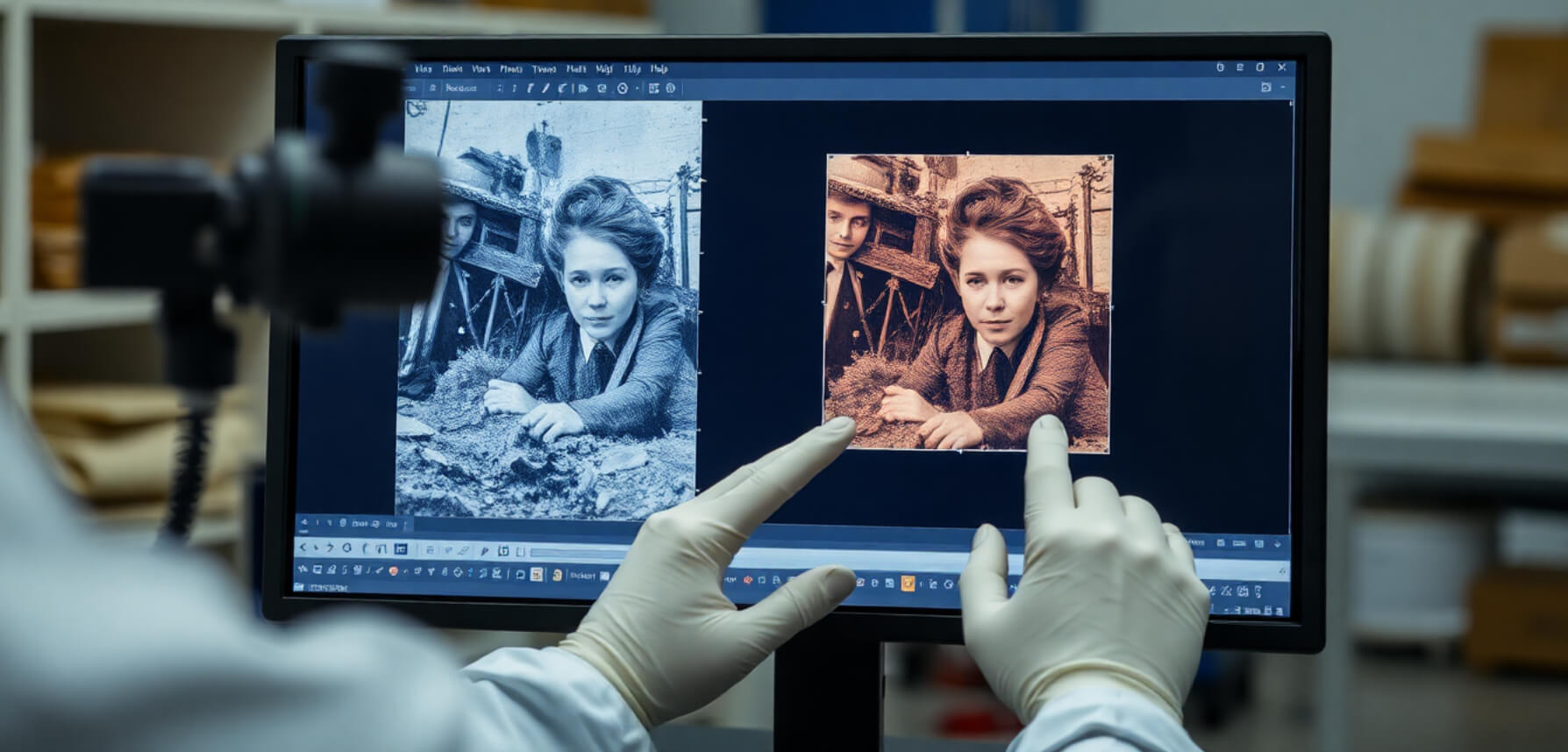
Photojournalism is about more than just pressing the shutter; it’s about bearing witness to events and capturing the truth of the world through the lens. The images you take become part of the historical record, offering insight, clarity, and emotion to the stories that shape our lives. By focusing on ethical standards, mastering the gear, and continually honing your technique, anyone can contribute to this dynamic and impactful field.
Stay up to date with the newest tips, gear reviews, and step-by-step guides to elevate your photography journey from home and beyond.